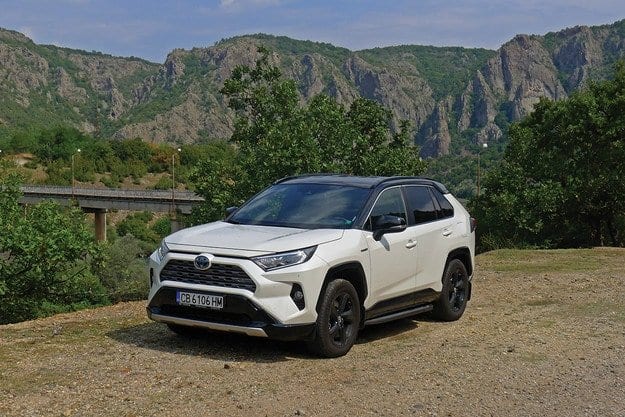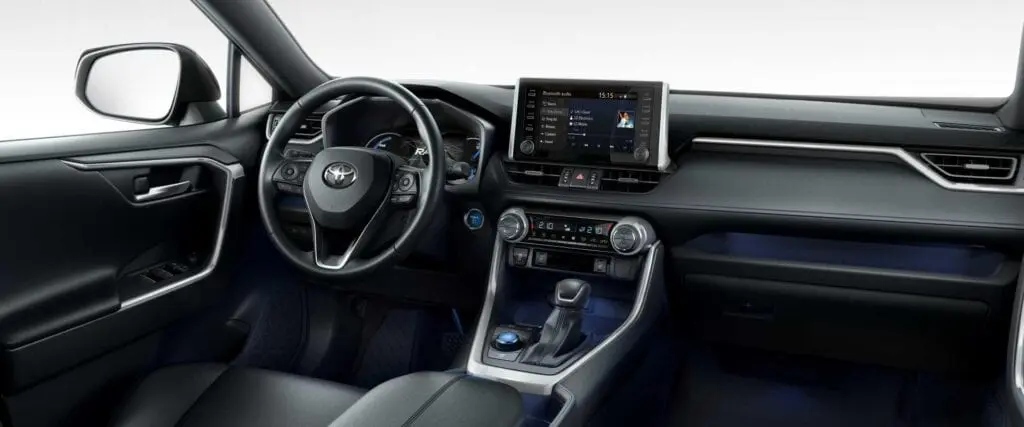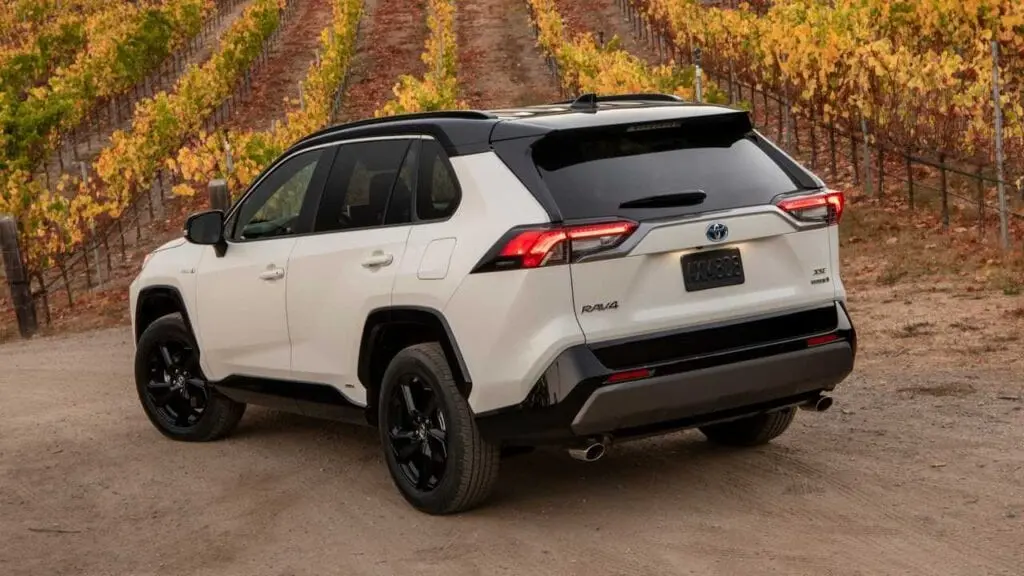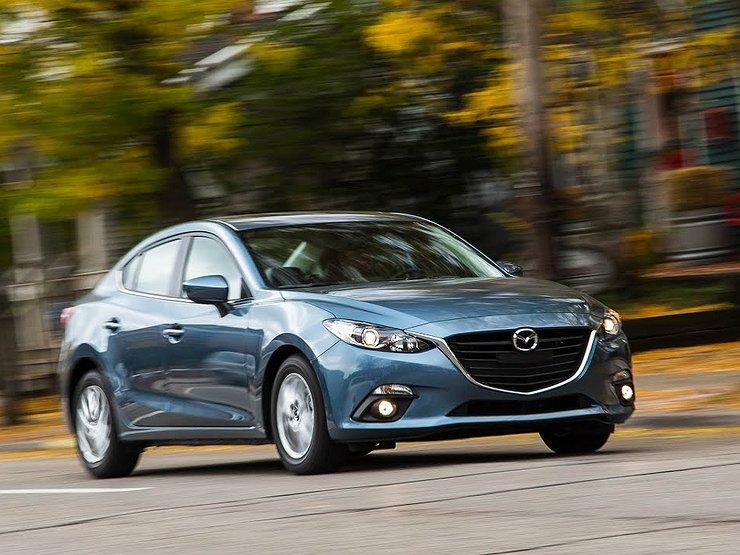
Test drive Toyota RAV4 2.5 Hybrid: blade sharpening
How will the fifth generation defend the won positions?
After four generations of continuous growth, the popular Toyota SUV, which in 1994 pioneered an entirely new class of car, seems to have stopped growing in length.
However, the fifth edition looks much more impressive, the angular shapes and the large front grille evoke more power, and the overall appearance marks a break with the more or less unobtrusive shapes of its predecessors.

Although the length has remained roughly the same, the wheelbase has increased by three centimeters, which increases passenger space, and the trunk has increased by 6 centimeters and now has a capacity of 580 liters.
The secret of this magic lies in the new GA-K platform, which is also responsible for the rear suspension with a pair of crossbars. The quality of the materials in the cabin has also improved, and the soft plastics and faux leather seats on the Style version look appropriate for a mid-range family SUV.
Yes, the former small model, which at its debut had a length of 3,72 m and was available with only two doors, over the years was able to outgrow not only the small, but also the compact class, and now with a length of 4,60 m it is now firmly established. like a family car.

Dropping diesels in this class of vehicles, Toyota offers the new RAV4 with a 175-liter petrol engine (10 hp) combined with a front or dual transmission. The hybrid system can also be driven only by the front axle or all-wheel drive. In European markets, hybrid versions are in great demand, while the share of conventional ones is about 15-XNUMX percent.
More powerful hybrid
The hybrid system has been upgraded and is now called the Hybrid Dynamic Force. The 2,5-liter Atkinson engine has a longer stroke and higher compression ratio than the previous generation (14,0: 1 instead of 12,5: 1). Accordingly, its power is higher (177 instead of 155 hp). Floor standing nickel metal hydride batteries have increased capacity and are 11 kg lighter.
The electric motors of the hybrid system are connected to the engine and the wheels via a planetary transmission and contribute to the front axle drive with up to 88 kW (120 hp) and 202 Nm of torque as the system reaches 218 hp.
In the AWD version, a 44 kW (60 PS) electric motor with 121 Nm of torque is connected to the rear axle and the system produces 222 PS. In a similar model of the previous generation, the corresponding value was 197 hp.
Higher power improves the RAV4's dynamics, and it accelerates to 100 km / h in 8,4 seconds (front-wheel drive) or 8,1 seconds (all-wheel drive). The top speed is limited to 180 km / h. To achieve the best traction and precise torque distribution between the front and rear axles, the AWD-i dual transmission control system has been introduced.
It changes the transmission-to-torque ratio of the front and rear axles from 100: 0 to 20:80. Thus, the RAV4 can handle well on snowy and muddy roads or on unpaved tracks. A button activates Trail mode, which provides even better traction by locking the sliding wheels.

The true environment of the Toyota hybrid SUV model is paved roads and city streets, of course, but the higher ground clearance (19 cm) and dual transmission are always welcome. Even the front-wheel-drive version offers quite decent low-end traction and no longer responds to the throttle as quickly as earlier hybrid models.
The engine rotation characteristics under increased loads are significantly lower, and in general, the ride has become much more comfortable. The suspension successfully neutralizes road irregularities, and turns are overcome stably, albeit with a fairly large lateral slope.
If you do not follow the operation of the hybrid system on the monitor, you will only know about this by subtle switching on and off the engine. However, the result can be found at the first gas station.
If you are not driving at maximum speed on the highway, you can easily reduce your fuel consumption to less than 6 liters per 100 km (sometimes up to 5,5 liters / 100 km). These are, of course, not entirely accurate values. In one test, German colleagues reported an average consumption of 6,5 l / 100 km (5,7 l / 100 km on an environmentally friendly route) with their equipment. Let's not forget that this is a petrol-powered SUV with around 220 hp. And here diesels are unlikely to achieve a better result.
Conclusion
More expressive design, more space in the cabin and more power - that's what attracts in the new RAV4. The most attractive thing about the car is the thoughtful, economical and harmonious hybrid system.

